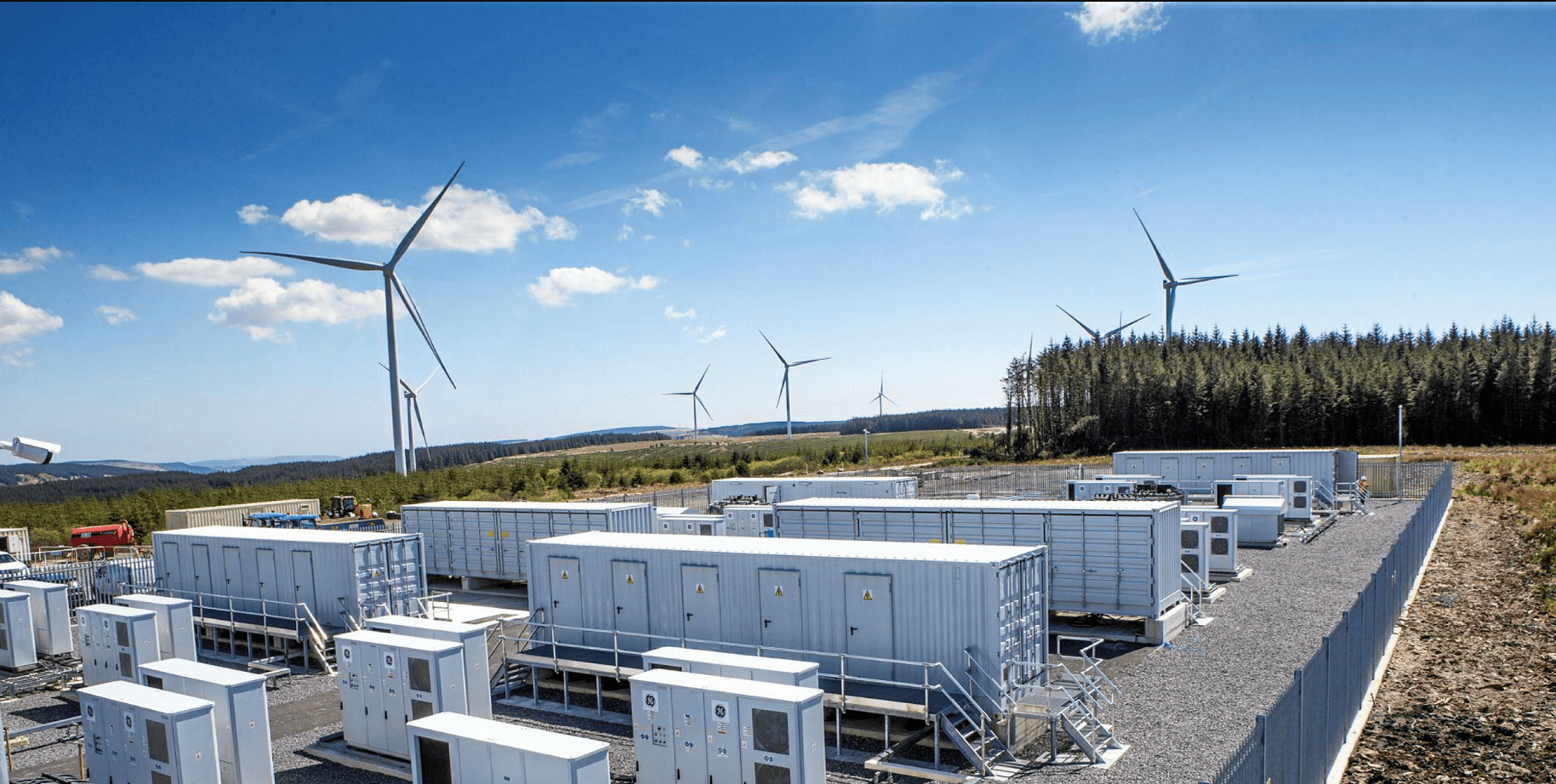What is Energy Storage System?
What is Energy Storage System?
2023-09-15
In an era where energy plays a central role in our lives, ensuring a reliable and sustainable energy supply is more critical than ever. Energy Storage Systems (ESS) have emerged as a pivotal technology in achieving this goal. In this blog post, we'll delve into what an Energy Storage System is, its significance, and how it contributes to shaping a sustainable energy future.
Demystifying Energy Storage Systems
Energy Storage Systems (ESS) are advanced solutions designed to store electrical energy for later use. These systems are instrumental in addressing the challenges posed by intermittent renewable energy sources, grid stability, and energy demand fluctuations.

How Do Energy Storage Systems Work?
ESS utilize various technologies to store and release energy efficiently:
1. Battery Storage: One of the most common forms of ESS involves rechargeable batteries, such as lithium-ion batteries. These batteries store excess electricity when it's abundant and release it when needed.
2. Flywheel Systems: Flywheels store energy in the form of kinetic energy by spinning rapidly. When energy is required, the flywheel's rotational energy is converted back into electricity.
3. Pumped Hydro Storage: This method stores energy by pumping water to a higher elevation reservoir when excess electricity is available and releasing it through turbines to generate electricity when demand is high.
4. Thermal Storage: ESS can store energy in the form of heat or cold using technologies like molten salt or phase change materials. This stored thermal energy can then be converted back into electricity or used for heating and cooling purposes.
5. Supercapacitors: Supercapacitors store and release energy rapidly, making them suitable for applications requiring quick bursts of power.
The Importance of Energy Storage Systems
ESS play a pivotal role in modern energy systems for several reasons:
· Renewable Energy Integration: ESS enable the efficient integration of intermittent renewable energy sources like solar and wind into the grid, ensuring a stable and reliable power supply.
· Grid Stability: These systems help maintain grid stability by providing rapid response to fluctuations in energy supply and demand.
· Peak Shaving: ESS can reduce electricity costs by storing energy during off-peak hours and releasing it during peak demand, thus avoiding expensive peak-time tariffs.
· Emergency Backup: They serve as backup power sources during grid outages, ensuring critical infrastructure remains operational.
· Carbon Reduction: By optimizing energy use and reducing the need for fossil fuel-based backup generators, ESS contribute to reducing carbon emissions.
Conclusion
Energy Storage Systems are the linchpin of a sustainable and resilient energy future. Their ability to store and manage electricity efficiently not only supports the integration of renewable energy but also enhances grid stability and reduces environmental impact. As we continue our journey towards a more sustainable energy landscape, Energy Storage Systems will remain at the forefront of innovation, shaping the way we generate, store, and consume energy. If you're interested in learning more about Energy Storage Systems or considering their implementation, please don't hesitate to reach out. Together, we can power a brighter and more sustainable future.

